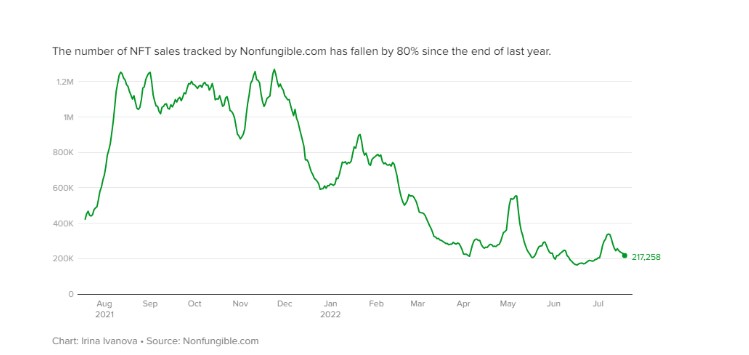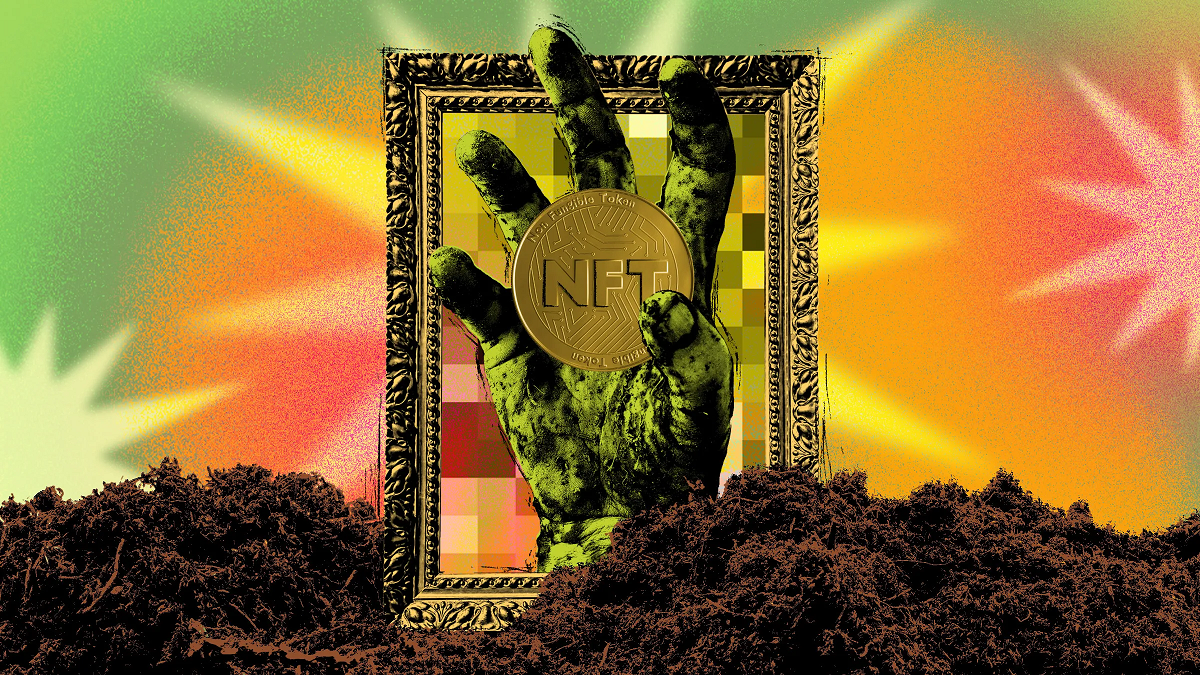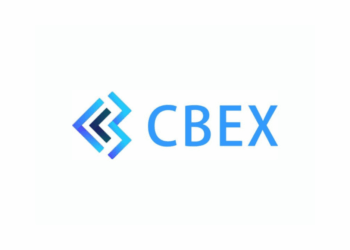Leading domain hosting experts, Fasthosts have analysed the rise and fall of NFTs to shed light on the potential trajectory of AI. With research touching on the following key points:
- NFTs: Once disruptive in the tech world, captivated global attention by promising to revolutionise digital art, ownership, and authenticity.
- Lessons from NFTs decline: Explore the factors that contributed to the decline of NFTs, revealing valuable insights for the future of AI.
- Drawing parallels: We delve into the parallels between NFTs and AI, questioning whether AI is destined to follow a similar trajectory.
- Future implications: Discover the lessons we’ve learned from NFTs’ journey, and how we can navigate the AI landscape differently.
In 2021, NFTs were all we could talk about. Whether that be with optimism or skepticism. They were disruptive and intriguing, a phenomena we couldn’t quite wrap our heads around.
And as time went on and the waters turned less murky, we gradually began meddling into the world of cryptographics.
If you still don’t know – what is an NFT?
An NFT (Non Fungible Token) is a token that is a unique digital identifier which is integrated on the blockchain. Much like their crypto counterparts, NFTs are bought and sold online. They promised to revolutionise the world of digital art, ownership, and authenticity.
NFTs come in many forms, including trading cards, virtual worlds, domain names, music, and art pieces. In 2022 they became the focus of our attention, taking over the art world and making new millionaires and “richest living artists” overnight.

With NFTs topping our headlines for the most part of 2021 and 2022, many were sure they’d lead the forefront of our digital world. Over time, this has proven not to be the case.
When domain and hosting providers Fasthosts released their State Of The Web Report, which examined the rise and fall of the .nft domain trend, it led us to question if NFTs are just another fad. Are they another one of those “here today and gone tomorrow”s? Are the circulating trends of 2023 such as AI going to succumb to the same fate?
The rise of NFTs
In January of 2021, the popularity for the search term “.nft” went up by 138% more than average as it started to dominate the headlines.
Comparatively, the Fasthosts The State of The Web Report reveals that the top-level domain name .nft was the second most popular domain name globally for 10 months out of 12 in 2022, amongst other popular choices such as .eth, .coin, and .crypto.
Unsurprisingly, in August of that year, the domain name .nfts.com sold for an incredible 15 million dollars, making it one of the largest public domain name deals ever.
At that time, the global NFT market was valued at $11.3 billion, encompassing a variety of collections such as art, metaverse tokens, and gaming collectibles, among others. We saw artists flock to the new medium, attracted by the potential to sell their digital art directly to their buyers.
Different social media platforms and businesses started to embrace them, large brands, and sports figures such as Christiano Ronaldo signed deals, and we even saw Donald Trump expand his NFT collection. But with so much prospect, by November 2022 the paradigm shifted. NFTs flatlined, and the buzz died down.
Falls and fails
According to the NonFungible Report, the 3rd quarter of 2022 saw a 77% fall in traded dollars, and a net quarterly loss of $450 million was recorded for the first time ever.
What happened?
As NFTs gained traction, they also gained criticism, which led to a drop in their demand. There were a few factors at play here, such as their environmental impact on the blockchain, low-quality content, pricing, and the circulation of scams.
People started to question the true value of digital assets. As the crash commenced, bad press took over – Mark Zuckerberg said NFTs were done with, a Frida Kahlo drawing was destroyed to make NFTs, companies pushed back, and the British government dropped plans to mint them.
The crash was described as a “crypto winter”, but like each winter, spring is never too late to follow.
They haven’t died – just evolved
In 2023, NFTs are still showing signs of life. Although they have received criticism, a few lessons were learned. Large sales continue to take place, and the future of NFTs looks bright despite the downturn. Creators realised the importance of value in their content, platforms and marketplaces started to implement stricter regulations, and buyers learnt to exercise caution before investing.
High value businesses are still turning to NFTs, such as the Premier League in early 2023, alongside big brands like Louis Vuitton, Sony, and McDonalds. NFTs are also expanding into other ventures such as financial loans where tokens can be used as collateral. For example, Air travel providers Flybondi recently partnered with TravelX to start offering bought tickets as NFTs.
The future of NFTs and new trends?
Looking at the journey of what once was described as a‘revolution in technology’, how can we apply what we know now to future developments? In a world full of micro trends, can we ever be really sure about what will come, what will go, and what will stay?
One topic we can’t get enough of in 2023 is AI (artificial intelligence). Similar to NFTs in 2021, AI is dominating our headlines and thoughts. Although it’s been around for longer than its predecessor, its recognition has been growing exponentially, and is being adopted across various industries.
But with trends such as Zuckerberg’s Metaverse losing traction the same way as NFTs did, is AI headed down the same road?
In the same way NFTs are not dead, when the AI hype gets under control, it will continue to operate in the background. For that matter, AI has been in our lives long before we became aware, or more so obsessed with it. Think Youtube and Netflix video recommendations, predictive text in our emails or phones, and smart home devices. The only thing that has changed between then and now is the hype, and how it continues to dominate our headlines. And much like NFTs, AI might see market share price drops, revenue loss, and negative press; however, like everything, it will continue to exist no matter where we shift our attention to.
What we can take from this is that the decline of NFTs didn’t signify their demise, it actually instigated a time of recalibration and maturation for the industry. In the same way, it is crucial to approach AI with a similar balanced perspective. As AI continues to find its place in our world, it is our human response which will mitigate its market dynamics and challenges.












Comments 1